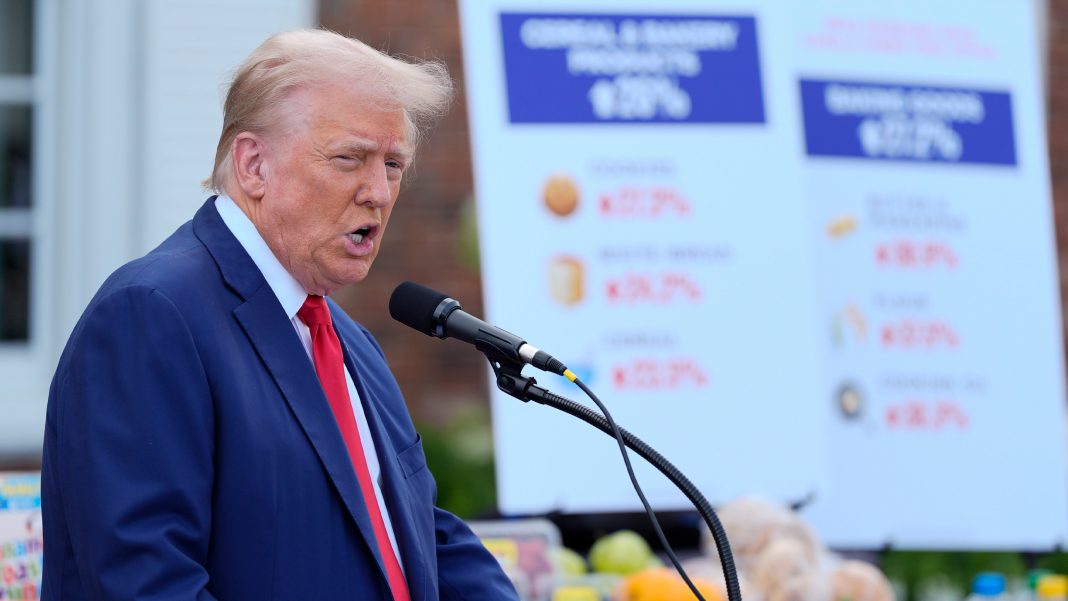 Industrial Renaissance Amidst Manufacturing Slowdown
Industrial Renaissance Amidst Manufacturing Slowdown
Introduction:
The manufacturing sector in the United States is facing a possible slowdown, as indicated by two key manufacturing gauges that contracted in August. The Federal Reserve Bank of New York’s Empire State Manufacturing Survey and the Philadelphia Fed’s Manufacturing Business Outlook both reported declines in business activity, new orders, and shipments. However, despite these poor readings, there is still optimism among companies that conditions will improve in the coming months.
Contracting Manufacturing Activity:
The Empire State Manufacturing Survey, which surveys 200 companies, contracted for the ninth consecutive month in August. The report revealed a decline in new orders and stagnant shipments. Employment levels also fell, with hours worked seeing a significant decrease. While input price pressures rose at a slower pace, selling price increases remained unchanged. Similarly, the Philadelphia Fed’s Manufacturing Business Outlook turned negative for the first time since January, signaling a drop in manufacturing activity and a contraction in employment.
Inflation Pressures:
On the inflation front, prices paid and prices received both increased, indicating rising price pressures. However, unlike their New York counterparts, regional manufacturers expressed expectations that conditions would worsen in the coming months.
Impact of Hurricane Beryl:
These worse-than-expected releases followed the Federal Reserve’s report of a decline in industrial and manufacturing production in July. The sector was impacted by Hurricane Beryl, resulting in a 0.6 percent decrease in industrial production and a 0.3 percent decline in manufacturing output. The decline in industrial production was primarily driven by a drop in the index for motor vehicles and parts, as well as utilities. Mining also saw a significant slide, contributing to the decrease in manufacturing output.
Concerns about Monetary Policy:
The recent data aligns with other reports that have highlighted the softness in the manufacturing sector. Many experts are now expressing concerns that the Federal Reserve’s restrictive monetary policy stance since March 2022, which has raised interest rates to their highest levels in more than two decades, is starting to weigh on the industry. ING economists noted that the U.S. economy has experienced the most rapid and aggressive monetary policy tightening cycle in over 40 years. The tightening of credit conditions following bank failures has also constrained businesses and their customers.
Manufacturing Purchasing Managers’ Index (PMI):
The Institute for Supply Management’s (ISM) Manufacturing PMI has been in contraction territory for the fourth consecutive month, with July marking the 20th decline in activity over the last 21 months. The alternative S&P Global Manufacturing PMI also slipped into contraction in July for the first time since December. Both reports highlighted subdued demand and a reluctance among companies to invest in capital and inventory due to current federal monetary policy and other conditions.
Future Outlook:
Despite the current challenges, there is hope for a recovery in the manufacturing sector. Firms anticipate that the market will improve following the November election. Chris Williamson, the chief business economist at S&P Global Market Intelligence, believes that the weakness in July may be temporary and linked to paused spending and investment ahead of the presidential election. However, there are concerns about the impact of higher interest rates and persistent inflation on future output.
State of Manufacturing:
While manufacturing’s contribution to GDP has decreased from approximately 26 percent in the 1960s to over 10 percent today, there are still positive signs for the industry. According to Apollo chief economist Torsten Slok, the United States is experiencing an “industrial renaissance” with manufacturing capacity growing after decades of decline. This growth is attributed to an injection of public and private investment.
Conclusion:
Although the manufacturing sector is currently facing a slowdown, experts remain optimistic about its future. The recent contraction in manufacturing activity, as indicated by various surveys and indexes, has raised concerns about the impact of monetary policy and other economic conditions. However, there is hope for a recovery, with companies expressing optimism that business conditions will improve in the coming months. The manufacturing industry, despite its reduced contribution to GDP, is witnessing an industrial renaissance fueled by increased investment.


